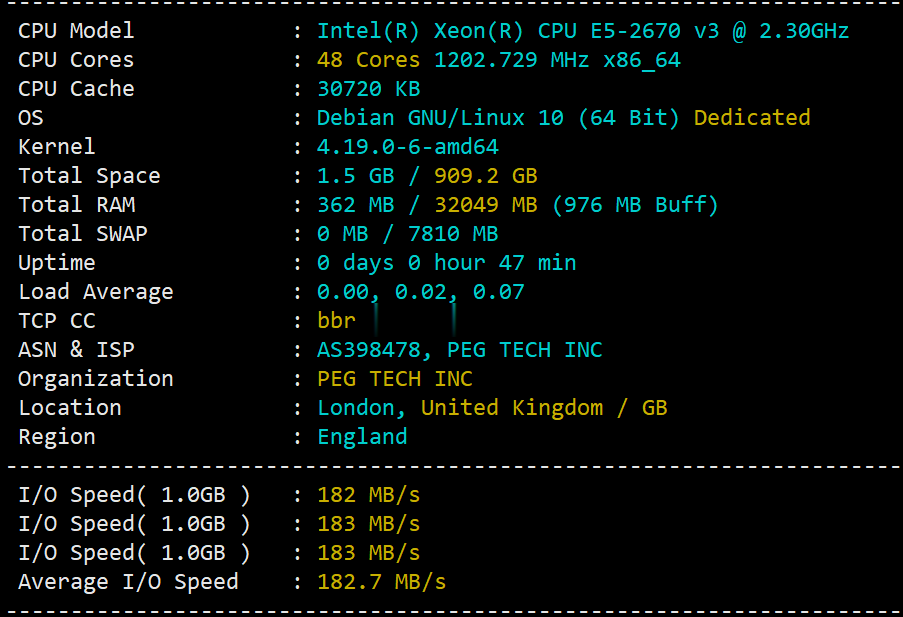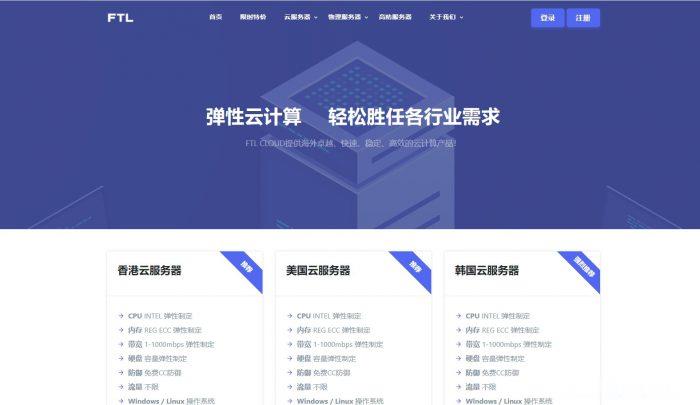LibraryRed Capitalism The Fragile Financial Foundation of China´s Extraordinary Rise
Contents
Preface
List of Abbreviations
Chapter 1 : Looking Back at the Policy of Reform and Opening
Thirty Years of Opening up: 1978–2008
Thirteen Years of Reform: 1992–2005
The End of Reform: 2005
China is a Family Business
Endnotes
Chapter 2 : China’ s Fortress Banking System
Banks are China’ s Financial System
Crisis: The Stimulus to Bank Reform, 1988 and 1998
China’ s Fortress Banking System in 2009
The Sudden thirst for Capital and Cash Dividends, 2010
Endnotes
Chapter 3 : The Fragile Fortress
The People’ s Bank of China Restructuring Model
The Ministry of Finance Restructuring Model
The “Perpetual Put” Option to the PBOC
China’ s Latest Banking Model
Implications
Endnotes
Chapter 4 : China’ s Captive Bond Market
Why does China have a Bond Market?
Risk Management
The Base of the Pyramid: “Protecting” Household Depositors
Endnotes
Chapter 5 : The Struggle over China’ s Bond Markets
The CDB, the MOF and the Big 4 Banks
Local Governments Unleashed
China Investment Corporation: Lynchpin of China’ s Financial System
Cycles in the Financial Markets
Endnotes
Chapter 6 : Western Finance, SOE Reform and China’ s Stock MarketsChina’ s Stock Markets Today
Why does China have Stock Markets?
What Stock Markets gave China
Endnotes
Chapter 7 : The National Team and China’ s Government
Zhu Rongji’ s Gift: Organizational Streamlining, 1998How the National Team, Its Families and Friends BenefitA Casino or a Success, or Both?
Implications
Endnotes
Chapter 8 : The Forbidden City
The Emperor of Finance
Behind the Vermillion Walls
An Empire Apart
Cracks in the Walls
Imperial Ornaments
Endnotes
Appen dix
Select Bibliography
Index
Copyright © 2011 John Wiley & Sons (Asia) Pte. Ltd.
Published in 2011 by John Wiley & Sons (Asia) Pte. Ltd.
2 Clementi Loop, # 02-01, Singapore129809
All rights reserved.
No part of this publication may be reproduced, stored in a retrieval system, or transmitted inany form or by any means, electronic, mechanical, photocopying, recording, scanning, orotherwise, except as expressly permitted by law, without either the prior written permission ofthe Publisher, or authorization through payment of the appropriate photocopy fee to theCopyright Clearance Center. Requests for permission should be addressed to the Publisher, JohnWiley & Sons (Asia) Pte. Ltd. , 2 Clementi Loop, # 02-01, Singapore 129809, tel: 65-6463-2400,fax: 65-6463-4605, e-mail: enquiry@wiley.com.
This publication is designed to provide accurate and authoritative information in regard to thesubject matter covered. It is sold with the understanding that the publisher is not engaged inrendering professional services. If professional advice or other expert assistance is required,the services of a competent professional person should be sought.
Neither the author nor the publisher are liable for any actions prompted or caused by theinformation presented in this book. Any views expressed here in are those of the author and donot represent the views of the organizations they work for.
Other Wiley Editorial Offices
John Wiley & Sons, 111 River Street, Hoboken, NJ07030, USA
John Wiley & Sons, The Atrium, Southern Gate, Chichester, West Sussex, P019 8SQ, United KingdomJohn Wiley & Sons (Canada) Ltd. , 5353 Dundas Street West, Suite 400, Toronto, Ontario, M9B 6HB,Canada
John Wiley & Sons Australia Ltd, 42 McDougall Street, Milton, Queensland 4064, AustraliaWiley-VCH, Boschstrasse 12, D-69469 Weinheim, Germany
Library of Congress Cataloging-in-Publication Data
ISBN 978-0-470-82586-0 (Hardcover)
ISBN 978-0-470-82894-6 (e-book)
ISBN 978-0-470-82893-9 (e-book)
ISBN 978-0-470-82895-3 (e-book)
To John Wilson Lewis
Preface
After three rounds of Privatizing China, our book about China’ s stock markets, we felt like wewanted to look into something new. Since we took our first look at the stock markets in 1999,we have been interested to note the lack of work on the financial side of China’ s miracle thatgets beyond the macroeconomics of things. We are the first to agree that living and working inthe country for 25 years may not qualify us as experts in economics. We do believe, however,that our experience has given us a feel for how China’ s political elite manages money and thecountry’ s economy. Having worked in banks for longer than we care to remember, we wanted totry to understand how China and its ruling class finance themselves and we knew we had to beginwith the banks since, in truth, they are China’ s financial system. Those looking for tales ofcorruption and princelings with their hands in the till will be disappointed though. We thinkthat the financial side of the story behind a 30-year boom that changed the lives of onebillion people is much more interesting; so this is our effort at staking out modern China’ spolitical economy “inside the system. ”
We do not believe in Chinese exceptionalism. China’ s economy is no different from any other,in spite of the inevitable Chinese characteristics. If there are such things as economic laws,they work just as well in China and for Chinese businesses as they do in other markets. We alsodo not believe in the recent triumphalism of China’ s bankers and many of its leaders; this isonly a diplomatic ploy. China’ s banks survived the global financial crisis, as one seniorbanker has publicly stated, simply because the financial system is closed off from the world.Having seriously studied the collapse of Mexico’ s peso in 1994, the Asian Financial Crisis of1997 and those sovereign-debt crises that have followed, China’ s political elite has nointention of exposing itself to international capital markets. The domestic economy and marketsare, and will continue to be, most deliberately closed off. With a non-convertible currency,minimal foreign participation and few overseas assets beyond US Treasuries and commodityinvestments that will neither be marked-to-market nor sold, why shouldn’ t the system survive amajor international crisis better than open economies? China’ s financial system is designed sothat no one is able to take a position opposite to that of the government.
Of course, the private export-oriented sector suffered massive losses in jobs, earnings and theclosure of small companies in 2008 and 2009. But China’ s banks were not exposed in anymaterial way to this sector. It is a simple fact that China’ s financial system and its stock,bond and loan markets cater only to the state sector, of which the “National Champions”represent the reddest of the Red. These corporations, the heart of China’ s state-ownedeconomy, are “inside the system. ” The private economy, no matter how vibrant, is “outsidethe system” and, in fact, serves at the will of the system. If nothing else, the events of thefall of 2008 added an additional seal to the Party’ s determination to sustain a closed,tightly controlled, economy. “Don’ t show me any failed models, ” is the refrain of theChinese officialdom these days. But is China’ s own financial system a model for the world tostudy? Can China be thought of as an economic superpower, either now or in the future, withsuch a system?
With this sort of question in mind, we began to look at the financial history of the People’ sRepublic of China. We were fortunate that 2008 was the thirtieth anniversary of China’ s highlysuccessful Reform and Opening Policy, so there were many excellent retrospectives prepared bythe government agencies. The People’ s Bank of China, in particular, produced very usefulmaterial, some of which took one of us back 30 years to Beijing University where his study ofChinese banks began. We hasten to emphasize that all the information used in writing this bookderives from purely public sources. In China, all of the important ministries, corporations andbanks maintain excellent websites, so data is just out there in the wind waiting to bedownloaded. In particular, China Bond and the National Association of Financial MarketInstitutional Investors (NAFMII) , a sub-set of the People’ s Bank, have extensive websitesproviding access to information, in both Chinese and English, on China’ s fixed-income markets.Data for the stock markets have always been plentiful and, we believe, accurate. Again, Wind
Information, China’ s Bloomberg equivalent, has been a rich source for us. Then, there are theaudited financial statements of China’ s banks, all available online since the respectivelistings of each bank. Reading these statements has been highly educational. We stronglyencourage others, including China’ s regulators, to do the same.
So the modern age of technology provided all the dots that, linked together, present a pictureof the financial sector. How they are connected in this book is purely the authors’ collectiveresponsibility: the picture presented, we believe, is accurate to the best of our professionaland personal experience. We hope that this book will, like Privatizing China, be seen as aconstructive outsiders’ view of how China’ s leadership over the years has put together whatwe believe to be a very fragile financial system.
For all the fragility of the current system, however, one of us is always reminded that hisjourney in China began in Beijing back in 1979 when the city looked a lot like Pyongyang. WithNorth Korea in the headlines again for all the wrong reasons, it is worth remembering andacknowledging the tremendous benefits the great majority of Chinese have reaped as a result ofthe changes over the past 30 years. This can never be forgotten, but it should also not be usedas an excuse to ignore or downplay the very real weaknesses lying at the heart of the financialsystem.
We would like to thank those who have helped us think about this big topic, including in noparticular order Kjeld Erik Brosdgaard, Peter Nolan, Josh Cheng, Jean Oi, Michael Harris,Arthur Kroeber, Andrew Zhang, Alan Ho, Andy Walder, Sarah Eaton, Elaine La Roche and VictorShih. Over the years we have grown to greatly appreciate our friends at John Wiley, startingwith Nick Wallwork, our publisher who kickstarted our writing career in 2003, Fiona Wong, JulesYap, Cynthia Mak and Camy Boey. Professionals all, they made working on this book easy andenjoyable. John Owen was an unbelievably quick copyeditor and Celine Tng, our proofreader, gave“detail-oriented” a whole new definition! We thank you all for your strong support. What wehave written here, however, remains our sole responsibility and reflects neither the views ofour friends and colleagues, nor those of the organizations we work for.
We have dedicated the book to John Wilson Lewis, Professor Emeritus of Political Science atStanford University. John was the catalyst for Carl’ s career in China and, indirectly,Fraser’ s as well. Without his support and encouragement, it is fair to say that this book andanything else we have done over the years in China might never have happened. We both continueto be very much in debt to our wives and families who have continued to at least tolerate ourcurious interest in Chinese financial matters. We promise to drop the topic for a while now,even though we are well aware that there remains much that needs to be looked at in thefinancial space, including trust companies and asset-transfer exchanges. May be next time.Beijing and Singapore
October 2010
List of Abbreviations
ABCAgricultural Bank of ChinaAMCasset-management companyBOCBank of ChinaCBRCChina BankingRegulatory CommissionCDBChina Development BankCGBChinese government bondCICChina InvestmentCorporationCPcommercial paperCSRCChina Securities Regulatory CommissionICBCIndustrial andCommercial Bank of ChinaMOFMinistry of FinanceMORMinistry of RailwaysMTNmedium-term notesNAVnet asset valueNDRCNational Development and Reform CommissionNPCNational People’ s CongressNPLnon-performing loanPBOCPeople’ s Bank of ChinaSAFEState Administration for Foreign ExchangeSASACState-owned Assets Supervision and Administration Commission
- LibraryRed Capitalism The Fragile Financial Foundation of China´s Extraordinary Rise相关文档
- 操作手册RED SCARLET-X 摄影机 V205 中文操作手册
- 产区Red wine knowledge 1txt
- Kotaro押尾的《Red Shoes Dance》吉他谱
- roseA Red ,Red Rose 赏析
- 飞行员The Red Baron《红男爵(2008)》完整中英文对照剧本
- 学生小学三年级英语:Unit6 lesson1 It’s red 教学设计
raksmart:香港机房服务器实测评数据分享,告诉你raksmart服务器怎么样
raksmart作为一家老牌美国机房总是被很多人问到raksmart香港服务器怎么样、raksmart好不好?其实,这也好理解。香港服务器离大陆最近、理论上是不需要备案的服务器里面速度最快的,被过多关注也就在情理之中了。本着为大家趟雷就是本站的光荣这一理念,拿了一台raksmart的香港独立服务器,简单做个测评,分享下实测的数据,仅供参考!官方网站:https://www.raksmart.com...

Hosteons:新上1Gbps带宽KVM主机$21/年起,AMD Ryzen CPU+NVMe高性能主机$24/年起_韩国便宜服务器
我们在去年12月分享过Hosteons新上AMD Ryzen9 3900X CPU及DDR4内存、NVMe硬盘的高性能VPS产品的消息,目前商家再次发布了产品更新信息,暂停新开100M带宽KVM套餐,新订单转而升级为新的Budget KVM VPS(SSD)系列,带宽为1Gbps端口,且配置大幅升级,目前100M带宽仅保留OpenVZ架构产品可新订购,所有原有主机不变,用户一直续费一直可用。Bud...

ftlcloud(超云)9元/月,1G内存/1核/20g硬盘/10M带宽不限/10G防御,美国云服务器
ftlcloud怎么样?ftlcloud(超云)目前正在搞暑假促销,美国圣何塞数据中心的云服务器低至9元/月,系统盘与数据盘分离,支持Windows和Linux,免费防御CC攻击,自带10Gbps的DDoS防御。FTL-超云服务器的主要特色:稳定、安全、弹性、高性能的云端计算服务,快速部署,并且可根据业务需要扩展计算能力,按需付费,节约成本,提高资源的有效利用率。点击进入:ftlcloud官方网站...

-
打开网页出现错误我打开网页老出现错误是怎么了?二层交换机请教:二层交换机是干什么用的啊?srv记录SRV记录的定义系统分析员考系统分析员有什么好处?虚拟机软件下载求一个免费虚拟机软件!!!请发送下载网站给我请客网如何邀请客户吃饭小米什么时候抢购小米手机现在还需要抢购吗?什么时候才不用抢购?空间装扮免费QQ空间的哪些装扮是免费的recovery教程怎样进入recovery进行双清权重高的论坛有哪些高权重的论坛不会经常删帖?